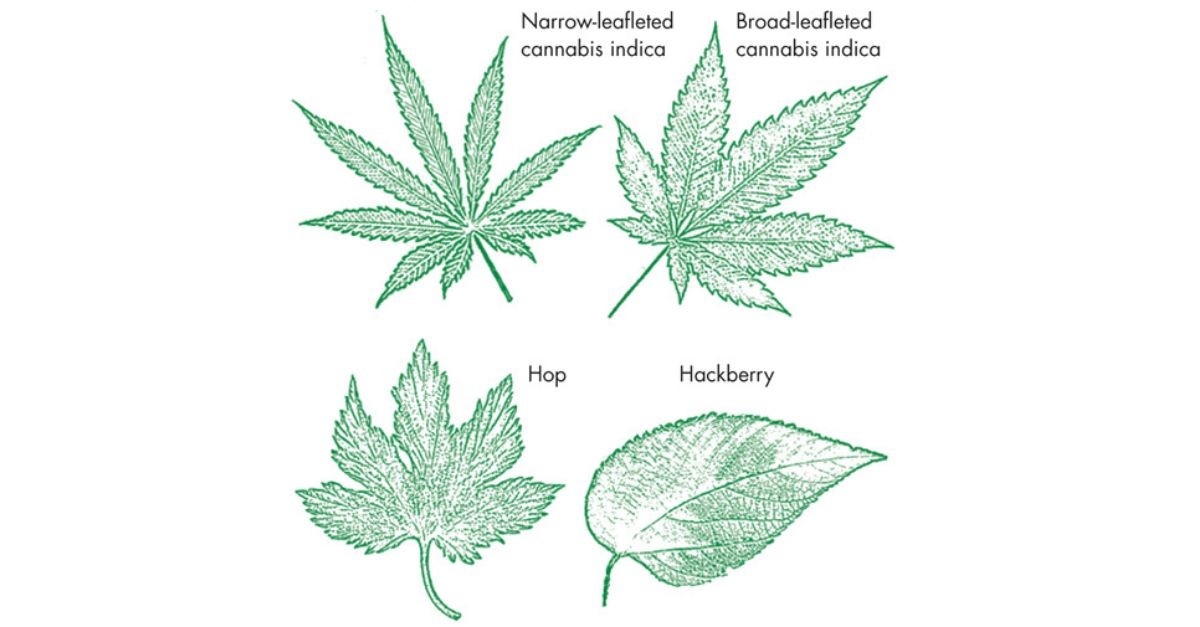
Exploring the Cannabaceae Family: A Deep Dive into Cannabis, Hops, and Hackberry Trees
Introduction
The plant family Cannabaceae is a small yet fascinating group of flowering plants that has garnered significant attention in recent years. This is primarily due to the inclusion of cannabis, a plant with various uses ranging from medicinal to recreational. The Cannabaceae family, however, is more diverse than just cannabis; it also includes hops used in beer production and hackberry trees. In this article, we will explore the origins, characteristics, and genetic distinctions within the Cannabaceae family, with a particular focus on cannabis.
Origins and Characteristics of the Cannabaceae Family
The Cannabaceae family is believed to have originated in the temperate regions of the Northern Hemisphere. These flowering plants are known for their palmate (finger-shaped) leaves, which are shared by both cannabis and hop plants. The family initially consisted of only cannabis and two species of hops. However, recent genetic research has broadened the Cannabaceae family to include 70 species of hackberry trees, which were previously thought to be part of the related Ulmaceae family that also includes elm trees.
Cannabis: Sativa and Indica

Cannabis, arguably the most well-known member of the Cannabaceae family, has been at the centre of numerous debates and discussions surrounding its medicinal and recreational uses. Genetic evidence supports the argument that cannabis has split into two primary species: sativa and indica.
Sativa is the fibre type of cannabis that produces more cannabidiol (CBD) and typically less than 1 per cent tetrahydrocannabinol (THC). CBD is a non-psychoactive compound that has gained popularity for its potential therapeutic benefits, such as reducing anxiety, inflammation, and pain. Sativa plants are commonly found in more tropical climates and are characterized by their narrow-leafleted and taller stature.
On the other hand, Indica is the drug-rich cannabis species with a higher THC content, which can reach up to 25 per cent of the plant's dry weight. THC is the psychoactive compound responsible for the "high" associated with cannabis consumption. Indica plants are typically broad-leafleted, shorter, and native to regions such as Afghanistan and Pakistan. While Afghan indica plants rarely grow taller than 6½ feet (2 meters), their Southeast Asian counterparts, like those found in Vietnam, have been reported to reach heights exceeding 27 feet (7 meters).
Hops: The Beer Connection

Another member of the Cannabaceae family is hops, which consists of two species whose female flowers are used for making beer. Hops contribute to the flavour, aroma, and stability of beer and have become an essential ingredient in the brewing process. Interestingly, the shared palmate leaf structure between hops and cannabis has led to some confusion between the two plants, despite their distinct uses and chemical compositions.
Hackberry Trees: A New Addition to the Family

The recent inclusion of 70 species of hackberry trees into the Cannabaceae family showcases the ever-evolving understanding of plant genetics. Hackberry trees were previously classified under the Ulmaceae family alongside elm trees. These deciduous trees are known for their hard, yellowish wood and small, berry-like fruits that are consumed by various bird species. The reclassification of hackberry trees highlights the importance of continued genetic research in accurately understanding plant relationships and lineages.
Conclusion
The Cannabaceae family, while small, offers a fascinating glimpse into the diverse world of flowering plants. From the medicinal and recreational applications of cannabis to the integral role hops play in beer production and the newly added hackberry trees, the Cannabaceae family showcases the interconnectedness of plant species and the importance of continued genetic research. As our understanding of plant genetics expands, so too will our knowledge of these intriguing plants and their various uses in human society.
#cannabis #cannabisresearch #cannabaceae #nature #cbd #feelgreatagain #budandtender